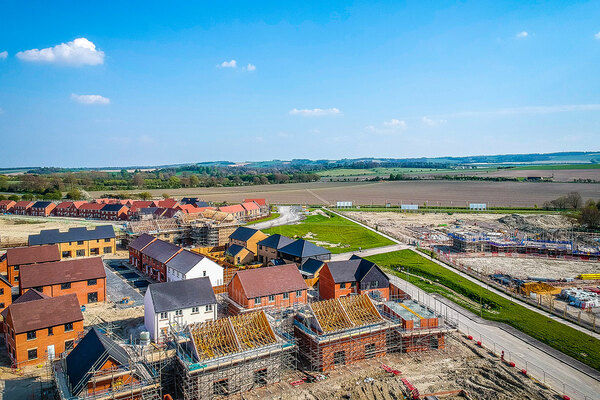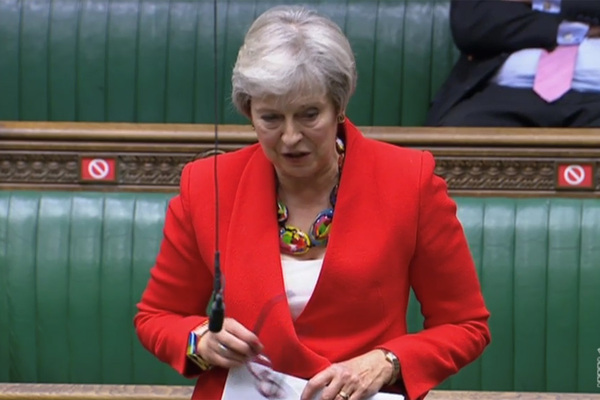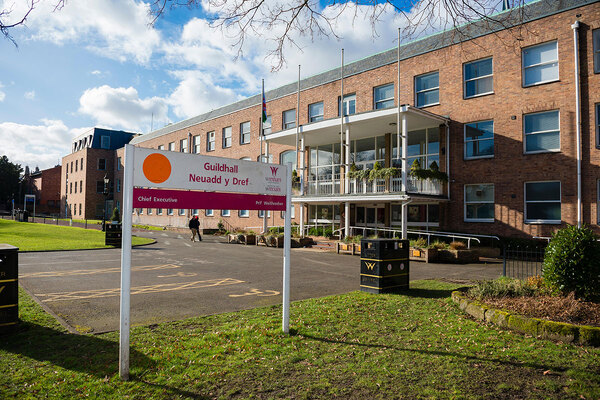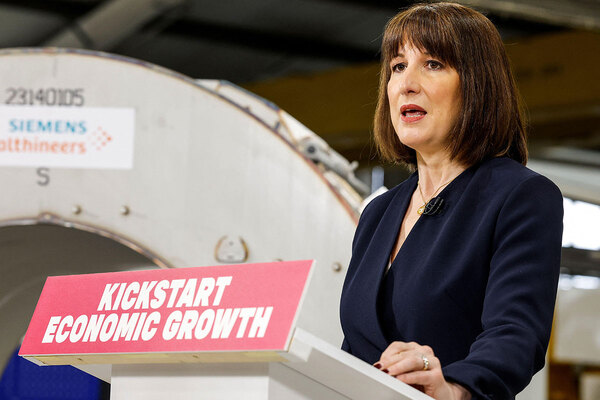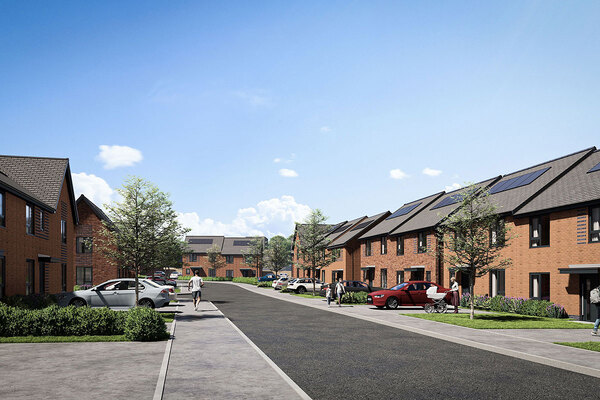You are viewing 1 of your 1 free articles
 Olivia Harris
Olivia HarrisOlivia was appointed as Chief Executive in April 2017. Previously, Olivia was Finance Director at Dolphin Living, providing financial ...more
We need more affordable homes to support the recovery, so why are we introducing measures that will deliver fewer?
Do policymakers really not understand the critical need to deliver more affordable housing to support the economic recovery and protect livelihoods? Recent announcements, including the Planning White Paper, suggest they don’t, argues Olivia Harris
While we are still enduring a resurgence in the coronavirus crisis, strong focus quite rightly remains on the economic recovery and protecting people’s livelihoods.
Within that context, the statement “we need to deliver more affordable housing than ever to support the recovery” should attract universal acceptance.
The critical word in this case being “should”. However, it is becoming clear from emerging national policy changes that this is not a view shared by all, particularly within the government.
While much of the focus on planning reform has been on the longer-term proposals outlined in the Planning for the Future white paper, perhaps less scrutiny has been paid to the series of shorter-term measures announced alongside it.
From the perspective of an affordable housing provider, these are measures that do little to provide assurance that policymakers really understand the critical need to deliver more affordable homes.
That need is twofold: to underpin the recovery and to ensure that post-pandemic the needs of communities are met and can be served by those living in or near that community.
Perhaps the issue of greatest concern for a housing charity such as Dolphin Living, where growth is often achieved through purchasing the affordable housing obligations of larger developers, is the proposal to temporarily raise the threshold at which residential developers have to provide affordable housing on small sites to between 40 and 50 units.
The objective of this is to improve viability in the short term, however it is likely to have a detrimental impact on the delivery of affordable housing especially in areas not subject to significant regeneration or able to accommodate large residential developments, such as many parts of inner London.
In addition, the intent to allow small developers access to the market is unlikely to be successful within many parts of the capital due to the high cost of land. At a time when we need to deliver more affordable housing, this proposal seems counterintuitive.
Efforts to support small and medium-sized developers would be more effectively directed on reducing the complexity of the planning system, which is a major deterrent to small developments. As an alternative, the affordable housing in developments of up to 40 to 50 homes could be delivered as intermediate housing, for rent or shared ownership.
This would improve the viability while delivering much-needed affordable housing for workers on modest incomes.
Also of significant concern is the increased emphasis on the delivery of First Homes as the new affordable housing product of choice promoted without any real consideration as to its local workability. While it may work in many locations, it will not work in high-value locations such as London.
The average house price in London is just under £500,000, according to the Land Registry. A First Home with a 30% discount will therefore cost £350,000, which is not affordable to a London median earner on £28,800 (2018 per HMRC). Although it could possibly be affordable to a dual-income household, but they’d need a deposit of at least £35,000, which puts this out of the reach of many.
When considering these averages, it should also be noted that the median income in London varies significantly between boroughs (£24k to £60k) as does the borough average house price (£300k to £1.3m).
“If there is one thing that this crisis has taught us from a housing perspective, it is that we need to provide more affordable housing for a broader definition of workers”
On the issue of changes to the housing needs assessment, a complex area worthy of detailed analysis in its own right – I offer more of an observation.
Too often individual local authorities assess the breakdown between affordable housing types and seem to ignore the squeezed middle. As a consequence, we still do not deliver enough housing in London which is accessible or affordable to the median earner.
If there is one thing that this crisis has taught us from a housing perspective, it is that we need to provide more affordable housing for a broader definition of workers, whom for many years Dolphin Living has been championing in a London context.
This is also a point acknowledged by London mayor Sadiq Khan in his recently announced consultation on the future of intermediate housing.
This aligns perfectly with our primary charitable objective of providing homes in inner London at below market rents that allows working Londoners on modest incomes to live close to their place of work without recourse to excessive travel times and cost.
Our residents comprise not only those traditional key workers who have played such a crucial role during this pandemic, such as health workers, emergency services workers and teachers, but also those who will play a key role in helping to rebuild London’s economy over the longer term.
To deliver these homes on the required scale is achievable only with national and local planning policies that put the delivery of all types of affordable housing at the centre of their future plans.
Olivia Harris, chief executive, Dolphin Living

